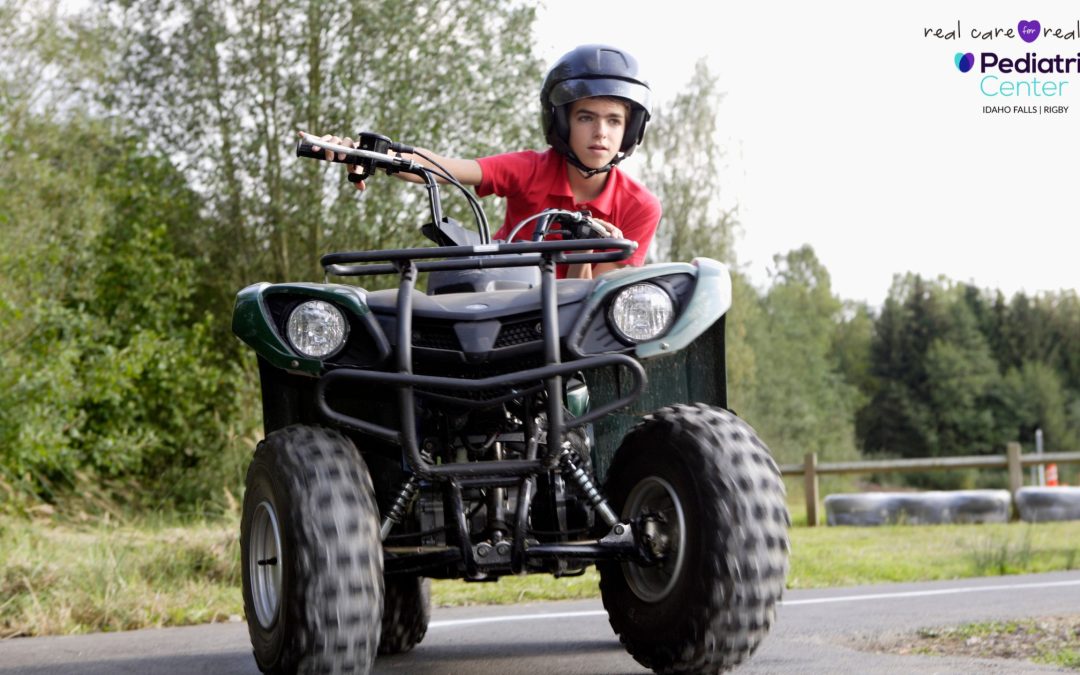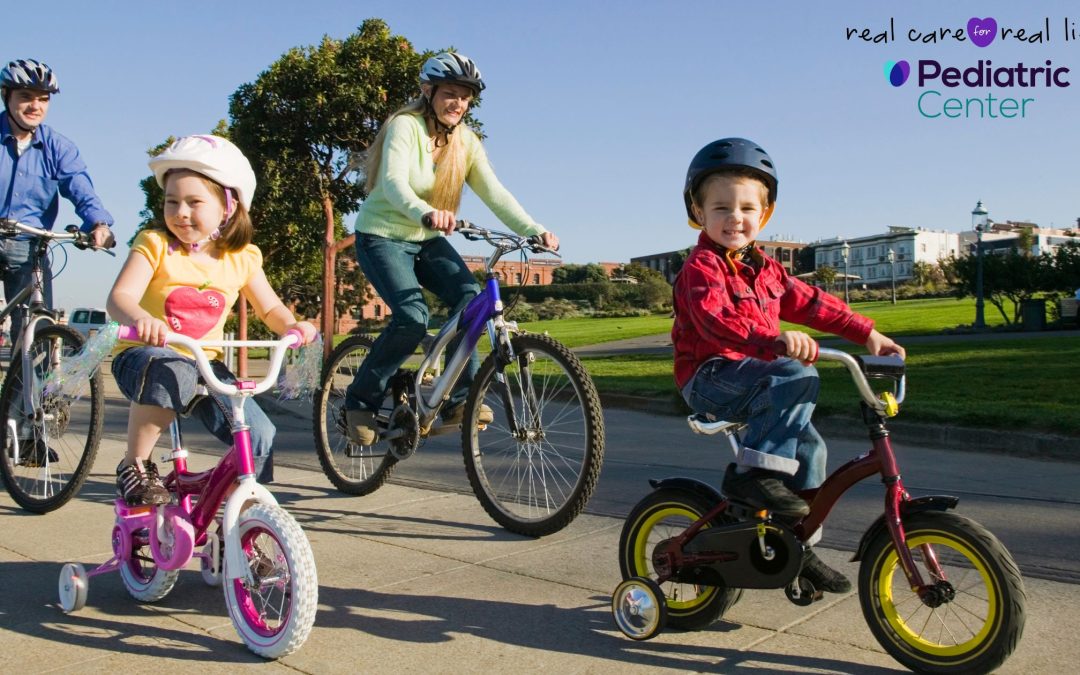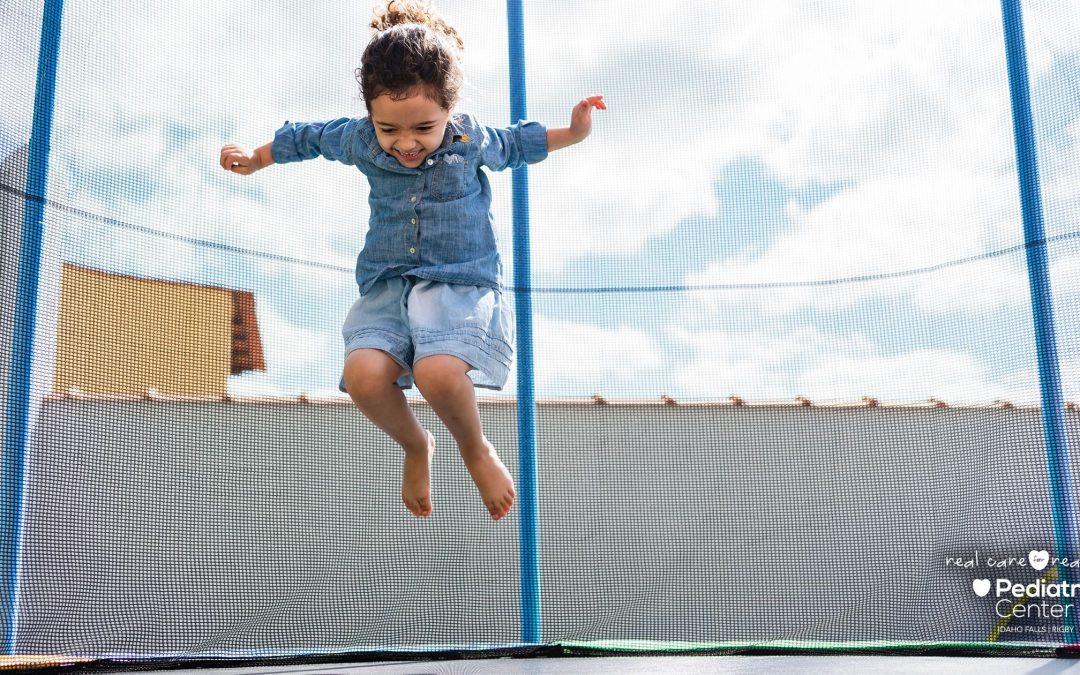
ATV Safety Tips for Kids
All-Terrain Vehicles (ATVs) can provide exhilarating outdoor experiences for both adults and children. However, it is crucial to prioritize safety when children are involved. With their powerful engines and potential for high speeds, ATVs can pose significant risks if not operated responsibly. There are guidelines you can follow to help to ensure the safety of your children while enjoying their ATV adventures.
Appropriate Age and Size Restrictions for ATV safety:
The first step in ATV safety for children is ensuring they are of an appropriate age and size to operate or ride as a passenger. Follow the recommendations of the manufacturer regarding age limits and weight capacities for specific models. It is essential to adhere to these guidelines to prevent accidents and injuries.
ATV Protective Gear:
Always equip children with proper safety gear before allowing them to ride an ATV. This includes:
a) Helmet: A well-fitting helmet is crucial for protecting the head in case of a fall or collision. Choose helmets specifically designed for off-road use and ensure they meet safety standards.
b) Eye Protection: Goggles or a face shield will shield the eyes from dust, debris, and insects, enhancing visibility and preventing injuries.
c) Appropriate Clothing: Encourage children to wear long-sleeved shirts, long pants, sturdy boots, and gloves to protect their limbs and enhance grip while riding.
ATV Training and Supervision:
Children should receive comprehensive training on ATV operation and safety before riding independently. Consider enrolling them in an ATV safety course or training program. These courses educate riders about proper handling, turning, braking techniques, and how to navigate various terrains safely. Always supervise children while they ride and maintain constant visual contact to ensure they follow all safety guidelines and rules. Younger children should never ride without adult supervision.
Size-Appropriate ATVs:
Ensure that the ATV your child operates is appropriate for their size and ability. An ATV that is too large or powerful can be challenging to control, increasing the risk of accidents. Select models specifically designed for children, considering their age, weight, and experience level.
ATV Safe Riding Practices:
Teaching children safe riding practices is essential for their well-being. Emphasize the following guidelines:
1. Riding within Designated Areas: Encourage children to ride in designated ATV parks or areas, away from roadways and pedestrians. These areas are specifically designed to ensure rider safety and minimize potential hazards.
2. Obeying Speed Limits: Teach children to ride at appropriate speeds for the terrain and their skill level. Excessive speed can lead to loss of control and accidents.
3. Avoiding Risky Maneuvers: Discourage children from attempting stunts, jumps, or riding on uneven or unstable terrain that may exceed their ability.
4. Maintaining Safe Distances: Teach children to maintain a safe distance from other ATVs or vehicles to prevent collisions.
Regular Maintenance for your ATV:
Proper maintenance is crucial for ensuring the safe operation of ATVs. Regularly inspect the vehicle for any signs of wear or damage, such as worn tires, loose bolts, or malfunctioning brakes. Adhere to the manufacturer’s maintenance schedule and promptly address any issues.
ATVs can provide thrilling experiences for children, but their safe operation requires careful attention to guidelines and precautions. By following these guidelines, parents can significantly reduce the risks associated with ATV use. Prioritizing safety ensures that children can enjoy the adventure while minimizing the potential for accidents and injuries.
If you have any questions about ATV safety for children or have any other questions about your child’s health, contact the Pediatric Center. We are here for you and your family when you need us with extended hours on nights and weekends as well as in-house labs and x-rays to help get your family back to the activities they love as soon as possible. Contact us at our Idaho Falls location at (208) 523-3060 or our Rigby location (208) 745-8927, to set up your appointment.



